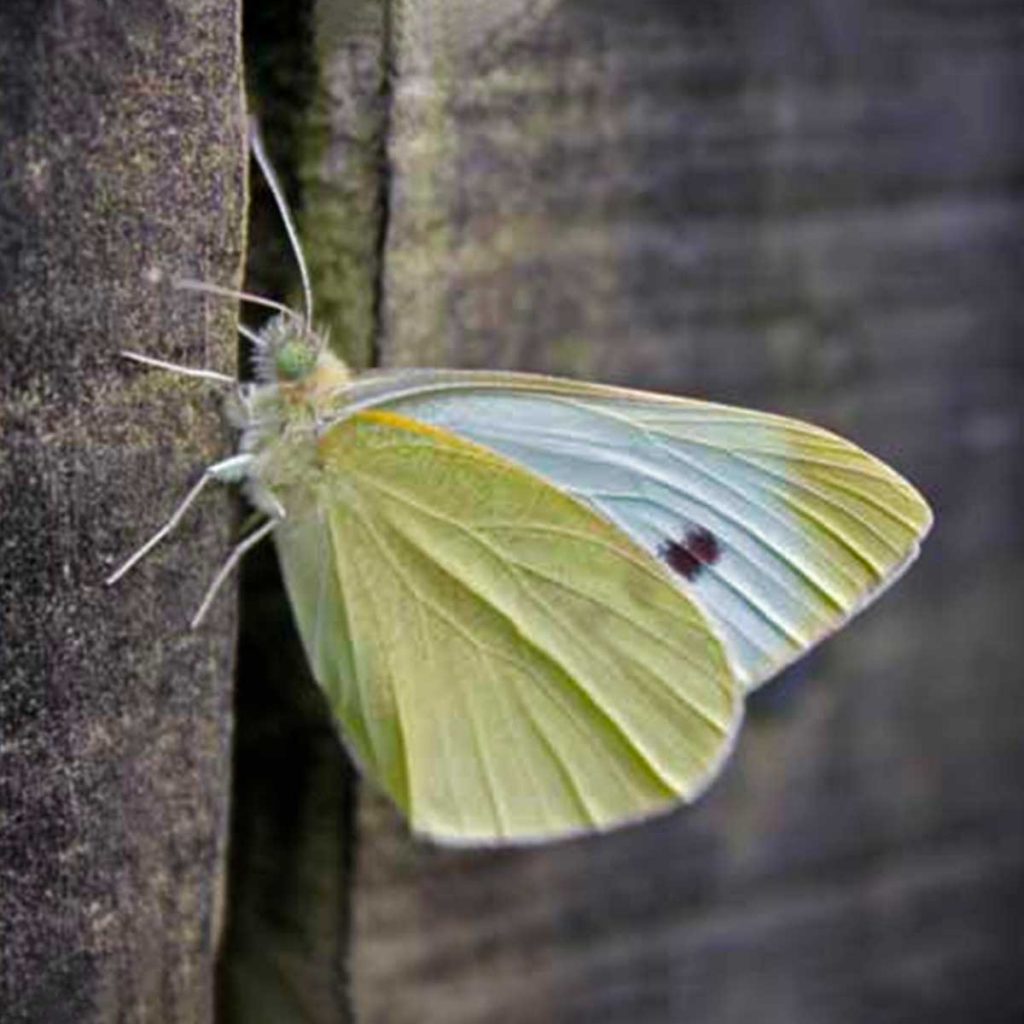
Insects / Butterfly
Butterfly
General Information
Moths and butterflies look similar but can be quite different. In general, moths tend to be drab in colour, fold their wings down flat when resting and are usually nocturnal. On the other hand, butterflies are often brightly coloured, hold their wings together and upright when resting and are usually diurnal. However, these features can vary between species so are not guaranteed ways of identifying between moths and butterflies.
The best way to tell moths from butterflies is to look at their antennae. Moth antennae taper to a point and are either feathery or thread-like. Butterfly antennae are never feathery and end with expanded knobs. This is the case for all butterflies found in New Zealand, so it is an excellent way to distinguish between them based on appearance.
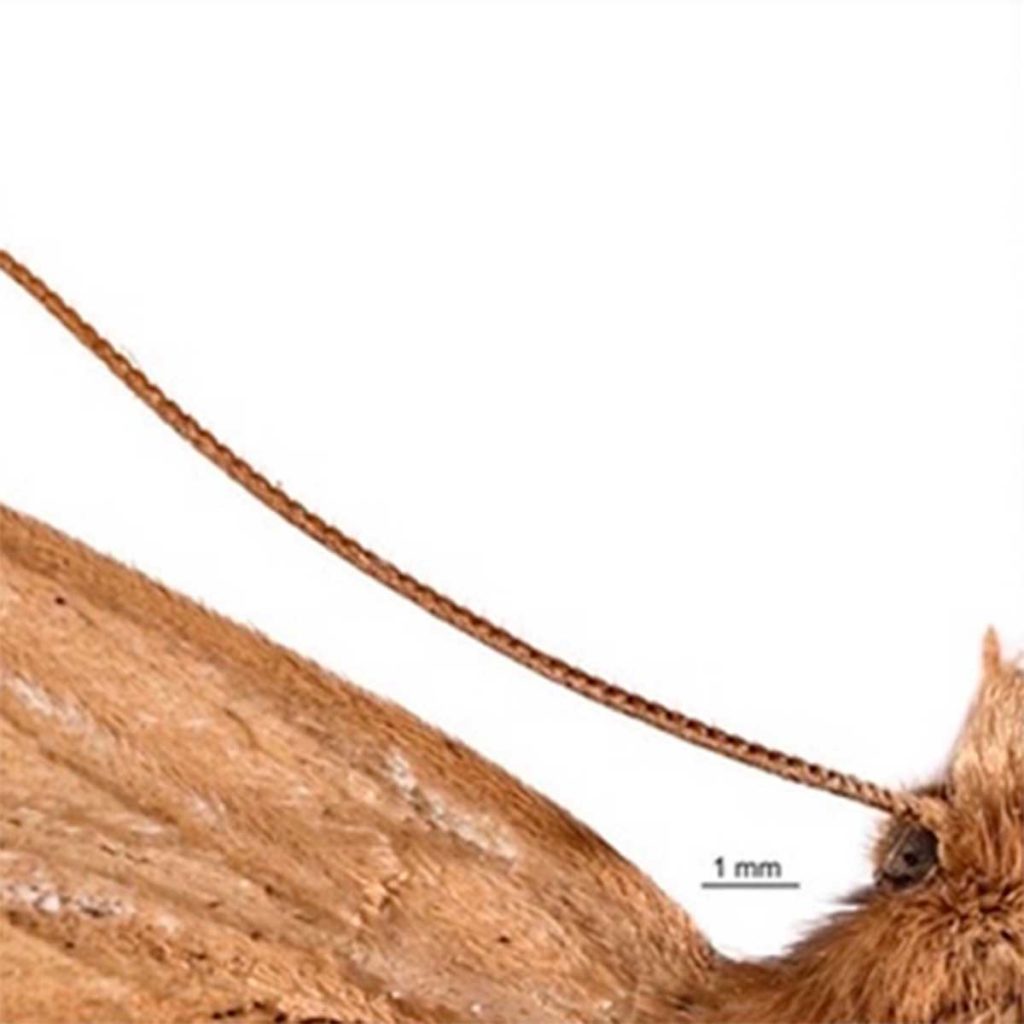
Ichneutica Ceraunias
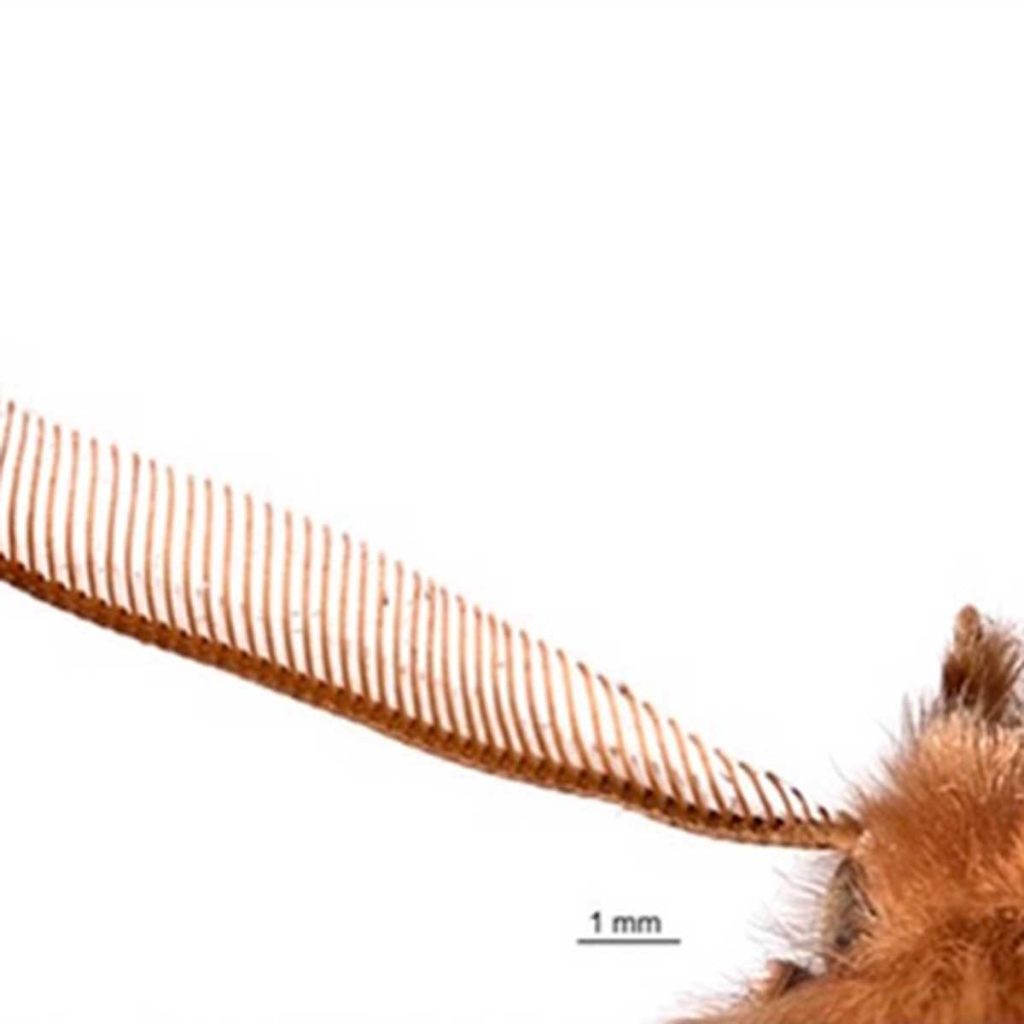
Ichneutica Ceraunias
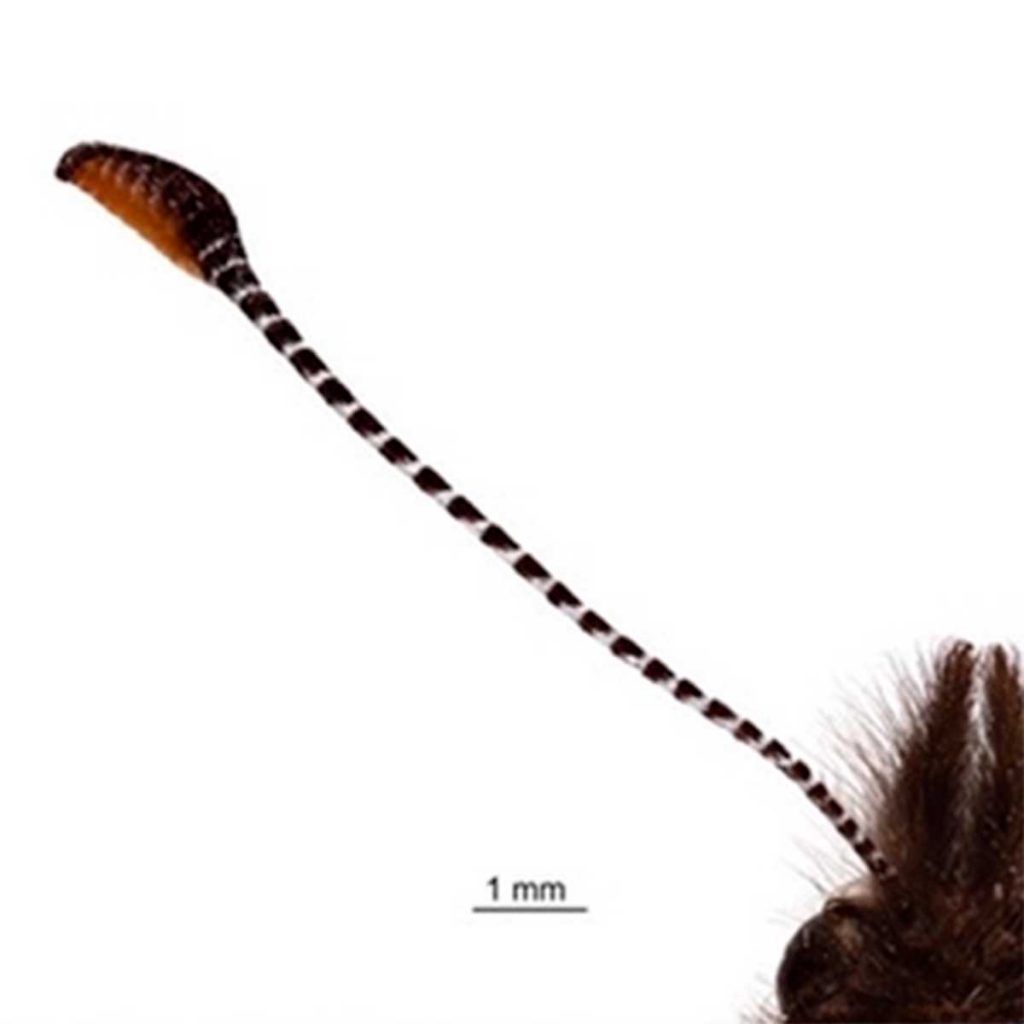
Percnodamon sp.
Monarch
- New Zealand’s most identifiable butterfly is the monarch (Danaus plexippus). Although found in many places around the world, the monarch is considered a New Zealand native because it became established here on its own
- Monarch butterflies lay their eggs on swan plants and other milkweeds. Females lay between 300–400 eggs at a rate of about 40 per day
- The monarch is recognisable for two reasons – its main habitat is urban and suburban gardens and it’s our largest common butterfly. We welcome monarchs into our gardens by planting their larval food – milkweed species such as swan plants – and enjoy watching their amazing journey through metamorphosis
- Monarchs are more sensitive to cold than our endemic butterflies. They do not survive the harsh winters, so are less common in the far south
- The monarch butterfly has one of the best-known life cycles in the insect world
- During mid-summer, the process goes from egg to adult in a month or so. The butterfly has a lifespan of 60–70 days during the summer, but this extends to 6–7 months if the butterfly pupates in autumn
- Monarchs (and all butterflies) are sensitive to air temperature. Their growth is the strongest in warm weather, and cooler temperatures signal a change in behaviour
- Monarch butterflies in North America migrate from the colder northern regions to overwinter in California and Mexico, with some of the butterflies travelling thousands of kilometres! As the temperature warms, they return north to reproduce.
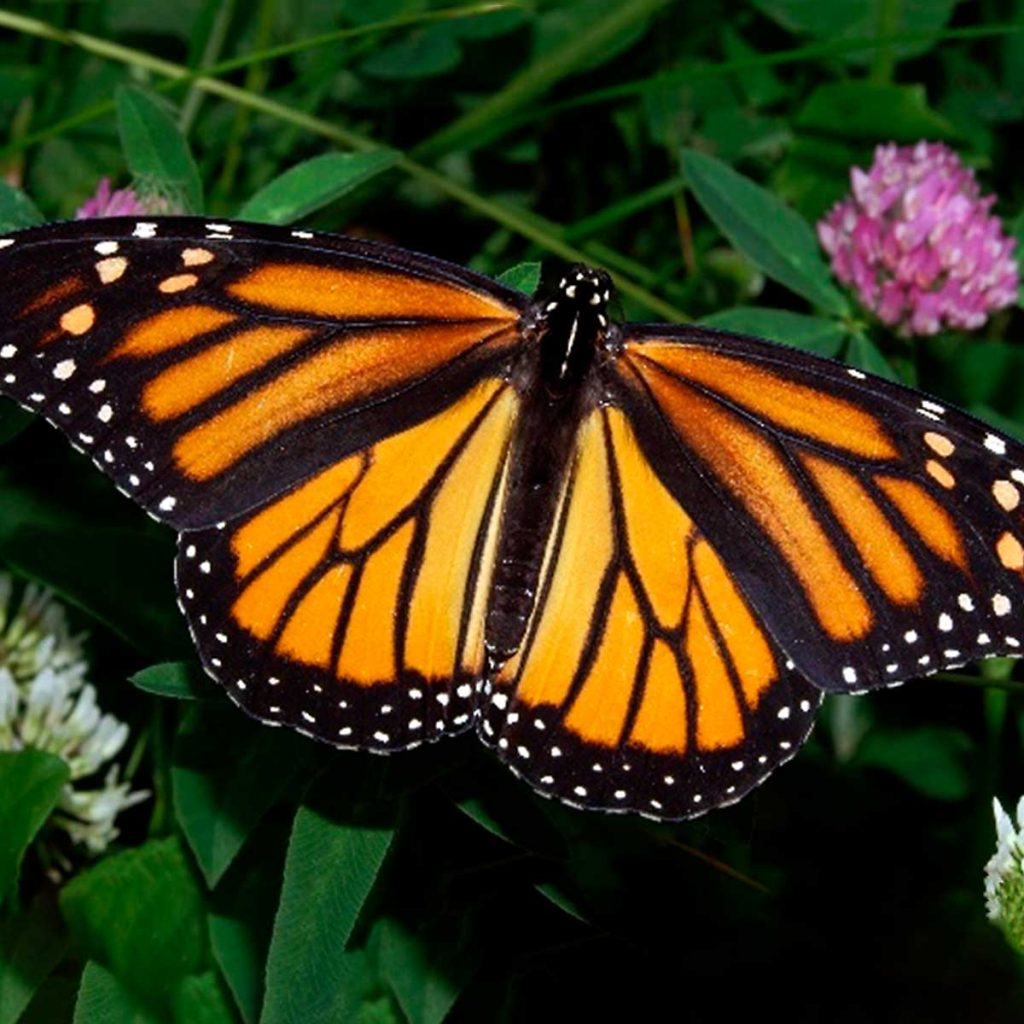
NZ Red Admiral
- The red admiral is a medium-sized butterfly with a 50–60 mm wingspan. The top side of the forewings is mostly black, with a central bright red bar running back from the front edge. There are white spots, fringed with light blue, near the forewing tips. The rear wings are a dark reddish brown with a red patch containing four black circles; the centre of each circle is pale blue
- The underside of the rear wings is a mottled collection of white/brown/black shapes, which camouflages the butterfly when at rest. When revealed, the underside of the forewings display a striking blue eyespot bracketed by white and red arcs
- Red admirals are relatively common throughout New Zealand where their food plants occur. Anecdotal evidence suggests their numbers have been declining since the early 1900s, and the species has reportedly disappeared from Auckland. This is linked to spraying and the decline of native nettle plants, although nettle numbers are also affected by drought; nettle species are now being cultivated by NZ Forest & Bird and some councils as a butterfly food. Another factor in red admiral decline has been exotic parasitic wasps
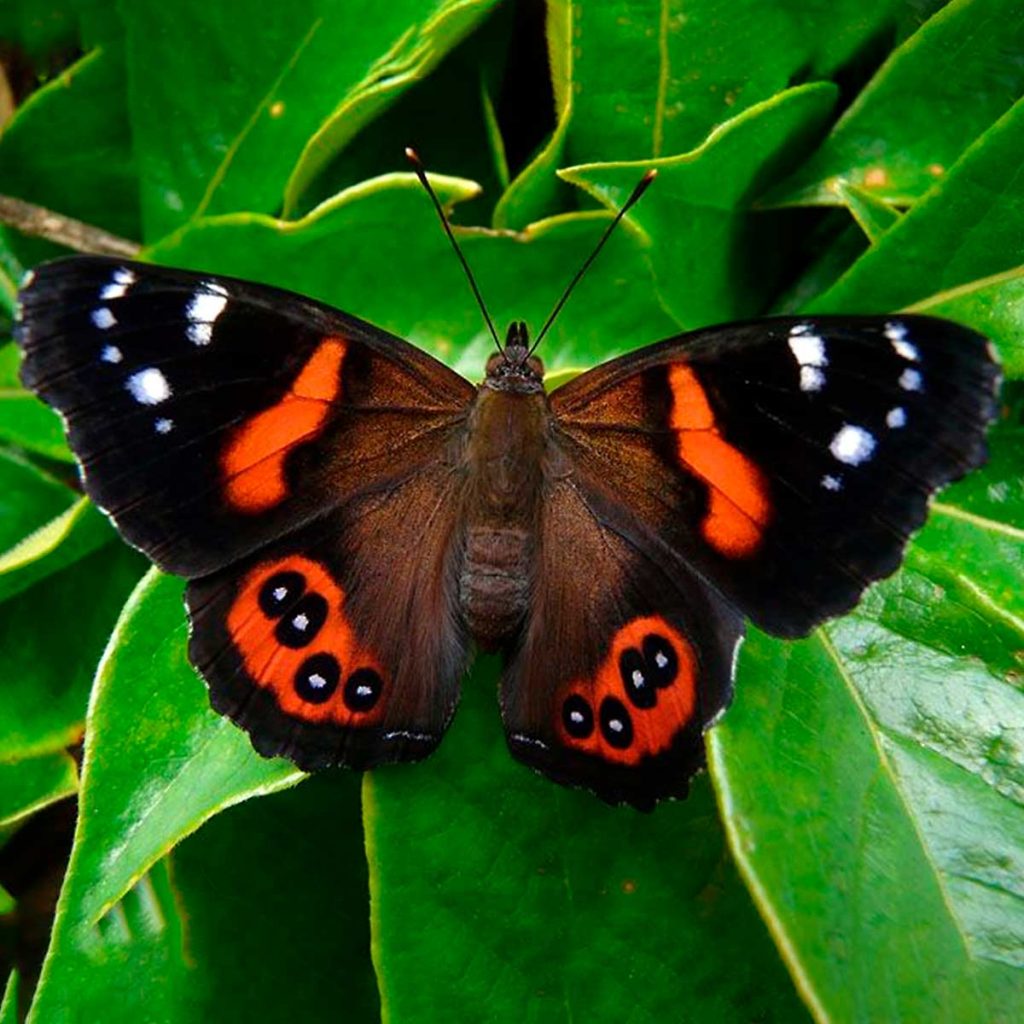
Cabbage White
- These are common in our gardens between spring and autumn. They are the only white butterfly you are likely to see so this alone makes them easy to identify. Adult butterflies have creamy-white coloured leaves with black dots on them
- Cabbage white butterflies target cabbages, broccoli, cauliflower and other members of the brassica family such as rocket
- They lay yellow, bullet-shaped eggs on the underside of leaves. These hatch into green caterpillars that are the destructive part of the Cabbage white’s lifecycle
- The young, pale yellowish green caterpillars start life very small and rapidly increase in size as they feed on the plant they hatched out onto
- Their colour intensifies to a darker green and they develop a faint orange/yellow stripe along their side. By the time they have finished growing and are ready to pupate and emerge as adult butterflies they are about half the length of your little finger and almost as thick as a pencil. The caterpillar forms a white, silky chrysalis in the soil or on a woody plant stems and within a couple of weeks hatches into an adult butterfly ready to lay more eggs
- Plants affected by Cabbage white butterflies soon start to look like a piece of Swiss cheese. Leave are covered with holes. Young plants can die and large plants become weakened and vulnerable to other pests and diseases with crops and harvests poor. At the end of summer, any remaining caterpillars will form a chrysalis and this will remain tucked away through winter before a new adult hatches in the spring and begins a new cycle in your garden
